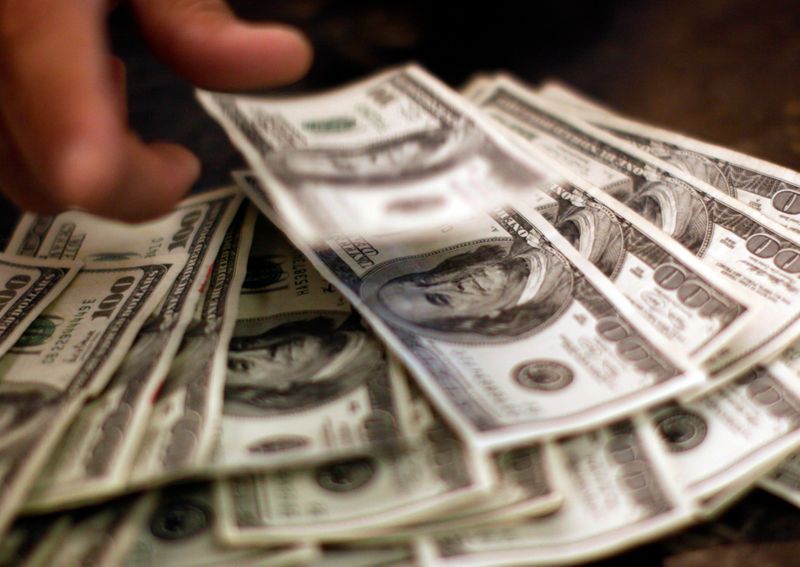Forex
US dollar rallies as inflation fears persist; eyes on upcoming Fed meeting


© Reuters
The US dollar experienced a rally this week, buoyed by rising yields and persistent investor concerns over inflation, according to recent market data. This surge has led to a decline in equities and the Euro-US dollar () exchange rate falling below 1.06.
The latest US inflation data did little to alleviate these fears and is not expected to influence the Federal Reserve’s ‘higher for longer’ policy. This policy is designed to prevent ‘last mile’ mishaps and will likely be a focal point at the Fed’s meeting in November.
In currency markets, the dollar-yen cautiously bid near 150. Meanwhile, disappointing GDP growth data thwarted the British pound’s (Cable) opportunity to rally above bearish trends.
In commodities, the Energy Information Administration (EIA) disclosed a substantial increase in US crude inventories, leading to a temporary selloff in . However, buying resumed when prices hit Saudi Arabia’s $80 per barrel limit.
Investors are now looking forward to the third-quarter earnings reports from three major US banks, which are expected to provide further insight into the state of the economy and potential market trends.
This article was generated with the support of AI and reviewed by an editor. For more information see our T&C.

 Forex3 years ago
Forex3 years agoForex Today: the dollar is gaining strength amid gloomy sentiment at the start of the Fed’s week

 Forex3 years ago
Forex3 years agoUnbiased review of Pocket Option broker

 Forex3 years ago
Forex3 years agoDollar to pound sterling exchange rate today: Pound plummeted to its lowest since 1985

 Forex3 years ago
Forex3 years agoHow is the Australian dollar doing today?

 Cryptocurrency3 years ago
Cryptocurrency3 years agoWhat happened in the crypto market – current events today

 World3 years ago
World3 years agoWhy are modern video games an art form?

 Commodities3 years ago
Commodities3 years agoCopper continues to fall in price on expectations of lower demand in China

 Economy3 years ago
Economy3 years agoCrude oil tankers double in price due to EU anti-Russian sanctions





















